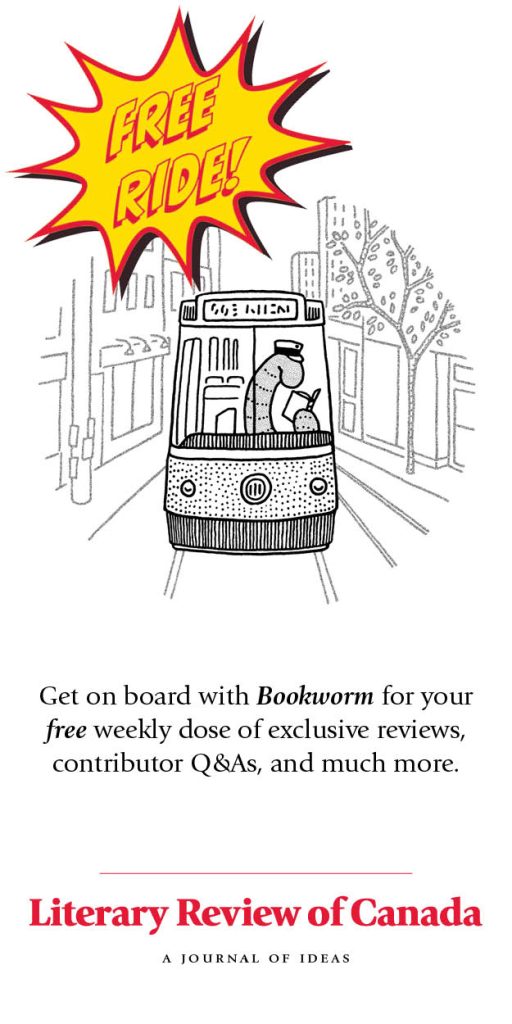Sir John A. Macdonald once quipped that elections are like horse races: you can tell more about them when the results are in. The 2022 Kentucky Derby helped prove the point when a prohibitive underdog, Rich Strike, a nag not even on the starting list until the day before, came from twenty-one lengths back to win the roses. Two books about elections nearly thirty years apart also speak to the truth in Old Tomorrow’s aphorism, though only one of the campaigns could be said to have had the thrill of a horse race. And even it was more like Secretariat’s rout at the 1973 Belmont Stakes than like Rich Strike’s improbable run at Churchill Downs.
With Pivot or Pirouette?, the University of Calgary political scientist Tom Flanagan takes readers back thirty years, to a time when such names as Mulroney and Manning mixed with those like Campbell and Chrétien. A refresher is helpful, as many observers today seem to remember only that the October 1993 federal election saw...
J.D.M. Stewart is the author of Being Prime Minister. He lives in Toronto, where he’s writing a new history of Canadian prime ministers.

